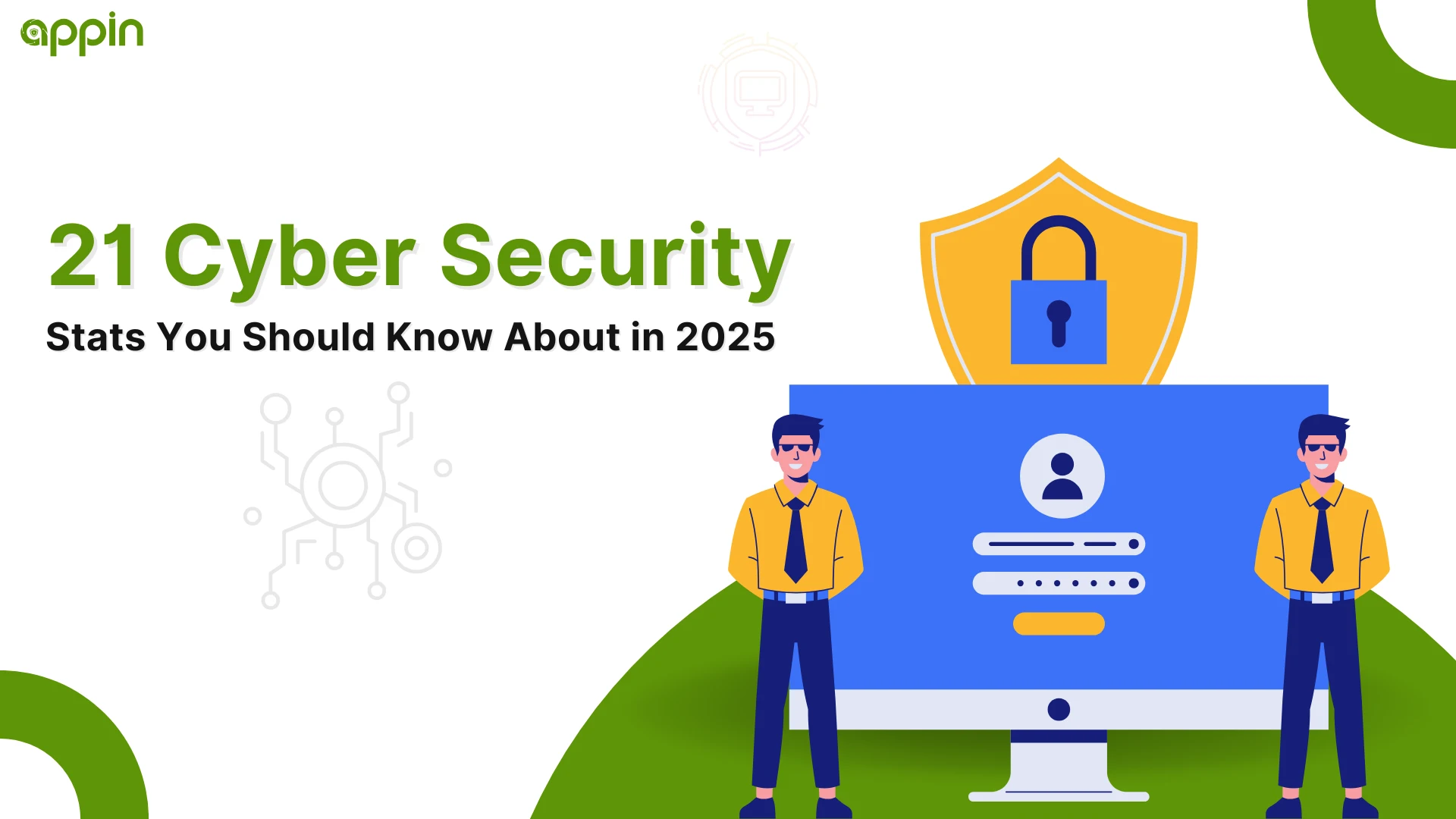The digital landscape is constantly evolving, and with it, so are the threats lurking in the shadows of cyberspace. As we move further into 2025, understanding the current state of cybersecurity is more critical than ever for businesses and individuals alike. This blog post will delve into the top cybersecurity statistics you need to know to stay informed and protected in this ever-changing environment.
The Golden Age of Cybercrime: An Overview
As we’ve seen in recent years, particularly with the events of 2020 and beyond, cybercriminals are becoming increasingly sophisticated. They operate in groups, functioning like tech startups and recruiting top programming talent to develop innovative attacks. The expansion of public IP addresses, increased internet traffic, and the sheer volume of data generated daily have created a fertile ground for exploitation.
The High Cost of Cybercrime: Stats on Financial Impact
Let’s start with the financial implications of cybercrime. The numbers are staggering and continue to rise:
- Malware Attacks are Expensive: A single malware attack can cost an organization an average of $2.6 million. (Accenture)
- Healthcare Data Breaches are the Costliest: The healthcare sector faces the highest data breach costs, averaging $7.13 million. (IBM)
- Security Spending is Increasing: Companies are investing more in security, with average spending increasing from $2,337 per employee in 2019 to $2,691 in 2020. (Deloitte) This number is expected to be much higher in 2025
- Business Loss After Attacks: The average business loses $1.52 million due to cyberattacks. (IBM)
- Information Loss is a Major Drain: Information loss is the most expensive component of cyberattacks, costing around $5.9 million. (Accenture)
- US Data Breach Costs Lead Globally: The U.S. bears the highest cost for data breach incidents, averaging $8.64 million. (IBM)
- Significant Security Budgets: Many large organizations (over 10,000 employees) spend at least $1 million on security annually. (Cisco)
- Cybercrime Costs Trillions: The global cost of cybercrime is projected to reach $6 trillion worldwide. (Cybercrime Magazine)
- Ransomware Damages Exploding: Ransomware damages alone are expected to rise to $20 billion. (Cybercrime Magazine)
Enterprise-Related Cyber Security Facts
- Malicious Apps are Still a Threat: Google had to remove 17 apps infected with Joker malware designed to steal user data from its Play Store. Entertainment and lifestyle apps are common culprits. (Zscaler)
- Smaller Companies at Risk: Smaller companies (1-250 employees) face a significant risk of malicious emails, with a rate of 1 in 323. (Symantec)
- Manufacturing a Prime Ransomware Target: Nearly 25% of ransomware attacks target manufacturing companies. (SecurityIntelligence)
Key Cyber Security Stats and Facts for 2025
- Cybersecurity Market Growth: The global cybersecurity market is forecast to reach $170.4 billion. (Gartner, Inc.)
- Human Error Still a Problem: A staggering 95% of security breaches are attributed to human error.
- Phishing Attempts are Common: The vast majority of businesses worldwide (88%) have experienced phishing attempts.
- Rising Cyber Threats: Almost 70% of business leaders agree that global cybersecurity threats are on the rise.
- Financial Motivation: Most data breaches (86%) are motivated by financial reasons. (Verizon)
- Types of Attacks: A significant portion of breaches involve malware (17%), phishing attacks (22%), and hacking (45%). (Verizon)
- Email Attachments as Threats: Malicious email attachments often use .dot and .doc formats (37%), followed by .exe files (19.5%). (Internet Security Threat Report)
- Time to Detect Breaches: Organizations take an average of 207 days to detect a security breach. (IBM)
- Phishing Dominance: Over 80% of reported cybersecurity threats are phishing attacks.
- Ransomware Costs: On average, the cost associated with a ransomware threat is $133,000.
The Imperative of Upskilling in a Changing Threat Landscape
The rapid digital transformation, accelerated by the coronavirus pandemic, demands a workforce equipped to handle evolving cybersecurity challenges. Companies must prioritize upskilling their employees to combat potential threats, data breaches, and cyber-attacks effectively.
Conclusion: Staying Ahead of the Curve
The cybersecurity landscape is a dynamic and challenging one. By staying informed about the latest statistics and trends, businesses and individuals can better protect themselves against emerging threats. Investing in cybersecurity expertise and upskilling the workforce are essential steps in building a more secure digital future. Don’t become another statistic – take proactive measures to safeguard your data and systems.


